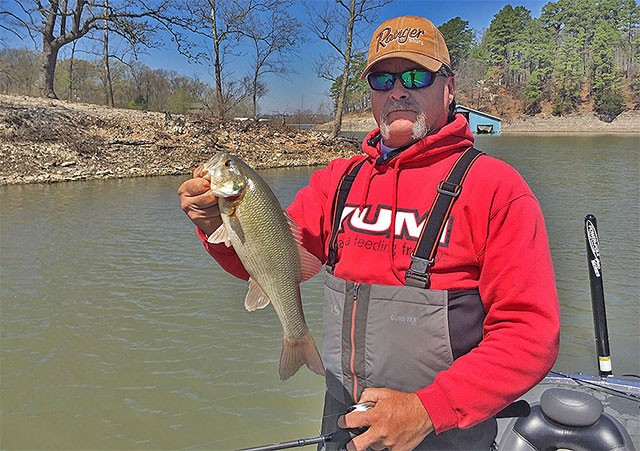
I don't know about you, but I'm getting tired of it all during the spring.
Tired of tuning into the Weather Channel and seeing yet another springtime cold front is on the way, just about the time the bass fishing is getting good.
So when the weatherman wants to play an April fool's joke on the nation's bass fishing enthusiasts, what's an angler to do?
“Go fishing anyway,” says Rob Woodruff, an Orvis-endorsed bass specialist based out of Quitman, Texas, who fishes Lake Fork and several other bass rich waters in East Texas.
"A cold front doesn't make me as hopeful as I might have been otherwise at this time of the year, especially if I've had a solid pattern going on in recent days," said Woodruff, (www.flyfishingfork.com ; (903) 967-2665).
"It can certainly reshuffle the deck on the first day after a front. And sometimes, the second day after a front can be even worse. But that doesn't mean that the game is over either."
One reason that bass – particularly across the southern U.S. – are affected so much by a cold front is the preponderance of Florida-strain largemouth genetics existing today.
Even so, it doesn't mean all hope is lost.
"Down through the years, I've learned that there are a few things you can do to still have a chance to catch a few fish and maybe even a big one, cold front or no cold front," said Woodruff.
The first thing for anglers to do is to slow down their presentations, whether that's with a fly or with conventional lures.
"Colder water slows down the metabolism of a bass and the jump in barometric pressure after a front makes them more lethargic," said Woodruff.
Why? Because higher atmospheric pressures affect the swim bladder of a fish, making them less comfortable.
"You can really see that if you watch fish at an aquarium somewhere after a front," said Woodruff, a three-time finalist for the Orvis Guide-of-the-Year award.
"Before a front, they seem to almost hang effortlessly in the water. After a front, it affects their balance and throws it out of kilter for a little while, so they are not as apt to feed."
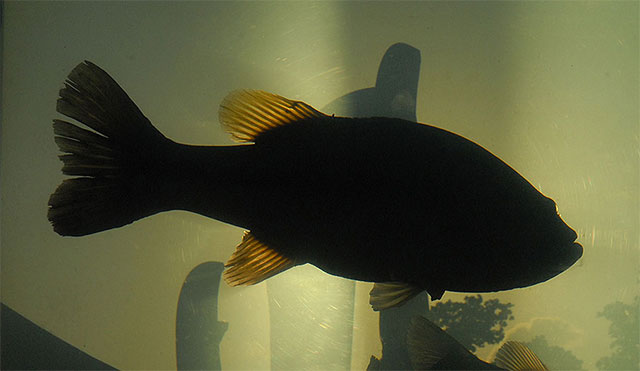 Watch big bass in an aquarium and it's easy to see that a springtime cold front can bring an unwelcome effect on the fish. But that doesn't mean that largemouths stop eating either. (Lynn Burkhead photo)
Watch big bass in an aquarium and it's easy to see that a springtime cold front can bring an unwelcome effect on the fish. But that doesn't mean that largemouths stop eating either. (Lynn Burkhead photo)
A second strategy adjustment is to pay attention to the size of a bait an angler is presenting.
"If you're just looking to catch fish, then it might be a good idea to go to a smaller lure or fly," said Woodruff. "But if your goal is to catch a real high quality fish, they're still going to be looking for big meals."
A third key is to adjust fishing locations, especially early in the day when overnight lows have chilled the water down several degrees.
"Location can be very important after a cold front, especially if there's been a relatively warm afternoon the day before," said Woodruff.
"When that's been the case, I start off a day by looking for areas that are going to hold heat from the previous day, places like concrete retaining walls, areas of rip-rap and especially private boat ramps that haven't had a boat launched off of them on that particular morning."
Why are such areas important?
"Because the water around such spots can be at least a degree or two warmer than the surrounding water is, sometimes even more," said Woodruff.
"And that can make a big difference on a chilly morning of bass fishing."
Speaking of location, most springtime bass anglers are preprogrammed to target shallow water spawning areas, especially locations where bass were utilizing beds only a day or two earlier.
While the East Texas guide understands, he says in post-frontal conditions, an angler needs to adjust their boat position a little bit to be able to locate fish that have eased their way out of the shallows.
"The fish usually won't go too far away, but after a spring cold front, they'll often back off just a bit," said Woodruff.
"So if you had found bass in a couple of feet of water before the front, you might back off to the first good break-line off the bank in 4 to 6 feet of water on the days after a front.
"Creek channels with a quick drop-off adjacent to spawning flats are also good spots to look because the water temperature doesn't change as much as you increase the depth."
A fourth thing to keep in mind on a chilly spring morning is fishing often picks up as the day matures.
"It pays to stick with it because often, your chances get better as the day goes along," said Woodruff. "The fish adjust to the barometric pressure change, the sunshine warms the water up a little bit and because of all of that, you don't want to quit too soon."
That's especially true in the heat retaining areas Woodruff mentioned above, particularly those protected from windy conditions where waves can mix the water and cool things down.
"The fish catching action may not be as good as it is on other spring days, but you can still catch a few numbers here and there in such warmer water spots," he said.
"In fact, those kinds of areas are so important that I've got a few milk runs on Fork that we'll hit on a post-frontal kind of a day. And sometimes, you can be surprised by the kind of action that you'll find."
Even for big fish occasionally up to 8 pounds or more, the kind of sizable bass Woodruff has seen landed after a front.
"Some theories are out there that the really, really large fish in a lake don't realize as quickly that it's gotten cold," said Woodruff.
"And that might help account for the kind of days where you may have a 1,000 anglers on the water that only catch a few fish.
"But several of those fish might be giants, the fish of a lifetime."
Which leads to Woodruff's fifth suggestion for post-frontal fishing.
"After a front, you may not get the kind of hit that will jolt you out of a daydream, so you've got to really try and stay focused on each cast," he said.
"A big fish may only make a halfhearted swipe and not take a lure or fly like it does on a classic warm spring day. Because of that's it's easy to get lulled into just going through the motions of making a cast and not paying attention.
"And then boom, there's finally an attempted take by a good fish and if you're not paying attention, it can be easy to blow that shot."
A sixth tip is to tweak color selections on lures and flies: "When fish are on the spawn, I really like bright colors like oranges, reds, light olives, chartreuse, etc.," said Woodruff. "And of course, a fire-tiger pattern is almost a must if the water is stained."
Why such colors at this time of the year? Woodruff says he thinks such hues "... make bass think of bluegills and I don't think they like bream very much at this time of the year since those sunfish will often raid a spawning bed. I think that bass react aggressively on those colors right now, even at times on a strong post-frontal day."
A seventh tip is to remember cold fronts only slow the springtime fishing down for a short period of time, not for weeks on end.
"A lot of that depends on how high the barometric pressure goes, how strong the northerly winds are and how low the water temperatures drop," said Woodruff.
"The easy answer is really how long is it until the wind turns back out of the south, the barometric pressure starts dropping again, some cloud cover returns and warmth begins to reappear.
"Sometimes, that's the day after a front and at other times, it's three or four days down the road."
The bottom line is cold front or no cold front, spring is the time to put the boat in the water and go take one of the year's best shots at catching a trophy-size bass.
"You can't catch a giant bass if you don't go and if you don't have your hook in the water," agreed Woodruff.
Even if the TV weatherman is doing his best to turn the spring weather forecast into a piscatorial punch line just about the time the year's best bass fishing arrives on the scene.
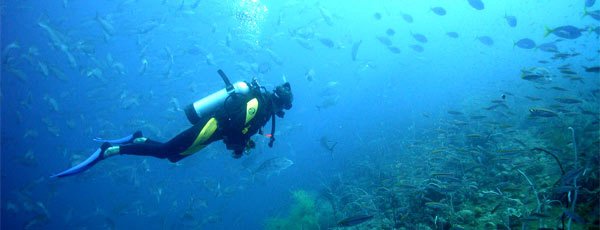
Giving a Full Service, Private Charter, Fishing Experience for Any Group
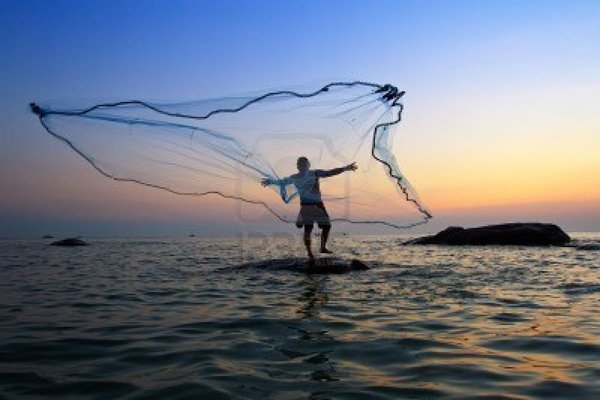
How To Choose The Best Outfitter for Your Moose Hunting Trip in Alaska?
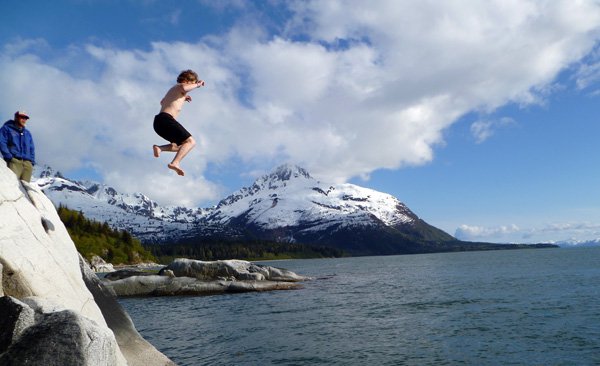
Copyright © www.mycheapnfljerseys.com Outdoor sports All Rights Reserved